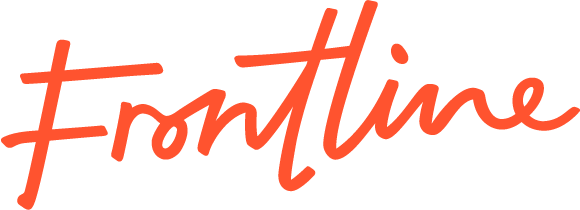Making employee Referrals work in practice

I joined Twitter in early 2012 during a period of rapid growth. While the product was a global sensation, the company’s headcount and revenue outside the US were small and I was one of the executives hired to change that.
Later that year, in our EMEA headquarters, we encountered a similar hiring challenge to that faced by many startups at their Series A and B stage. Having built the team from 1 to 20, it was now time to hit the accelerator: 100 hires in a year with very limited resources (just one full-time recruiter).
The cultural DNA of a team is encoded in its early employees and I committed to interviewing the first 50 hires personally, no matter how senior or junior. That meant a lot of interviews. 473 in the first year, according to our much-hated ATS, Jobvite.
Hiring consumed at least 30% of my time. Some days were memorable…
…but most were a blur. Adam Ant on the left is Don O’Leary and the creepy priest is Michael Carney.

As I mentioned in a recent post about hiring from multinationals, our recruitment efforts relied on four channels:
- Inbound. While we received plenty of inbound applications through the website, the quality was poor. We hired fewer than 5%.
- Sourced. Outbound sourcing worked better, but was limited by the bandwidth of our recruiter, who was already buried under an avalanche of abysmal inbounds.
- Agencies. I screwed up on this one. We used two agencies, thinking it would foster healthy competition. But they competed so aggressively that they bombarded the market, hitting up the same candidates again and again. Within months, seemingly every qualified person in The Netherlands had been contacted more than once. It damaged Twitter’s employer brand and it was a major regret for me.
- Referrals. The saviour.
Referrals were by far the most effective channel in terms of quantity, quality, cost, and time-to-hire. With a concerted push in one quarter, we made 13 referral hires off an employee base of 20.
In the hope that some of our techniques may work for you, here’s what we did:
- Executive ownership. I wasn’t the sponsor, I was the owner. And I made sure everyone knew I wasn’t delegating to HR/Recruitment. In a startup, only the CEO should own a major hiring drive.
- Communication. We talked incessantly about open roles and what made a good candidate. We used every channel at our disposal: emails, All Hands, team meetings, 1:1s. Posters in the toilet were controversial but effective.
- Objectives. We gave everyone a personal OKR to submit at least one qualified (i.e. worthy of interview) referral. I took the unusual step of asking each person to meet me 1:1 to discuss their referrals. That got people’s attention. Nobody wanted to come to the meeting empty-handed. While I found this level of micro-management unnatural, in retrospect it proved crucial.
- Incentives. We gave a financial incentive of €2,500 for a successfully hired referral upon completion of a probation period. We also threw in an iPad for the person who submitted the highest number of qualified referrals. Twitter’s greatest cost was opportunity cost and it could be argued that we should have offered more money. But in my experience the financial incentive was an enabler rather than a driver of referrals.
- Keep score. Publicly. For one quarter, I brought hiring into our most important meeting, the weekly revenue review. Each Monday morning we reviewed sales as a team — and then we talked about hiring. We named and shamed people in the team, in a light-hearted but unambiguous way. I rarely used public pressure to drive individual performance. But we were in crisis mode and I was convinced that every person was capable of submitting a few referrals.
- Treat referrals differently. Although our processes were shabby, we tried to ensure that referrals were contacted quickly and treated with exceptional respect. (Google in the mid-noughties was so bad at handling referrals that many of us stopped referring altogether.) If you have a referrals program, you must have a flagging system to give them white-glove treatment without lowering the hiring bar.
If you adopt these practices, I suspect you’ll improve the effectiveness of your referrals drive. A couple of important caveats to bear in mind though:
- The intensity of the referrals drive described above could not be sustained for more than about a quarter. There would be diminishing returns, so a longer-term program would require some tweaks to make it sustainable.
- When you hire from the networks of people who already work at your company, you run the risk of limiting diversity. Be aware of this. If you have a team of 10 male software engineers, it’s likely you’ll get a lot of male software engineer referrals. Creative sourcing is the only channel that has a hope of combating unconscious bias in your hiring.

